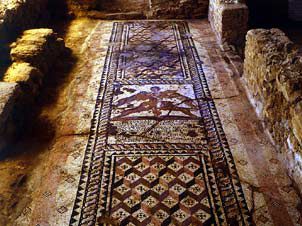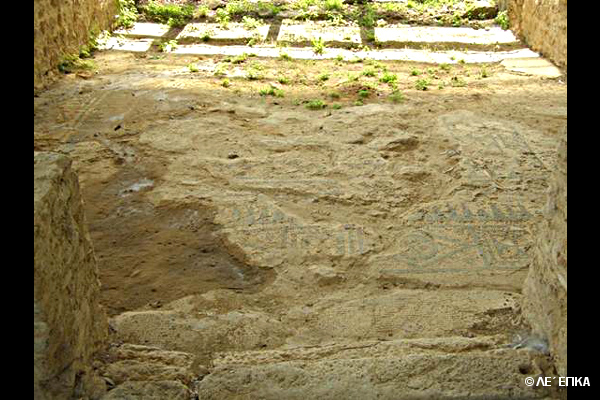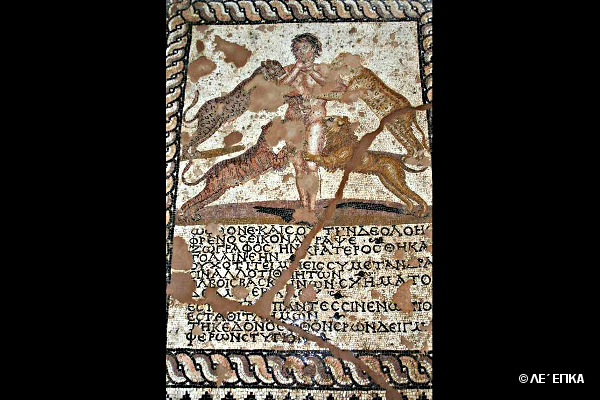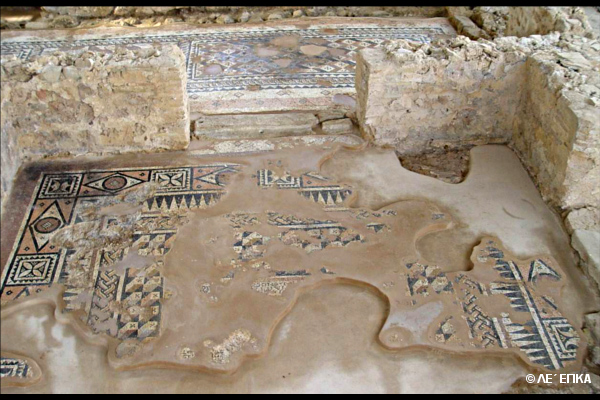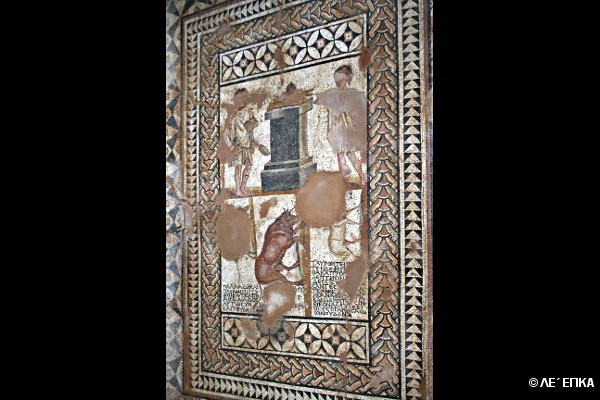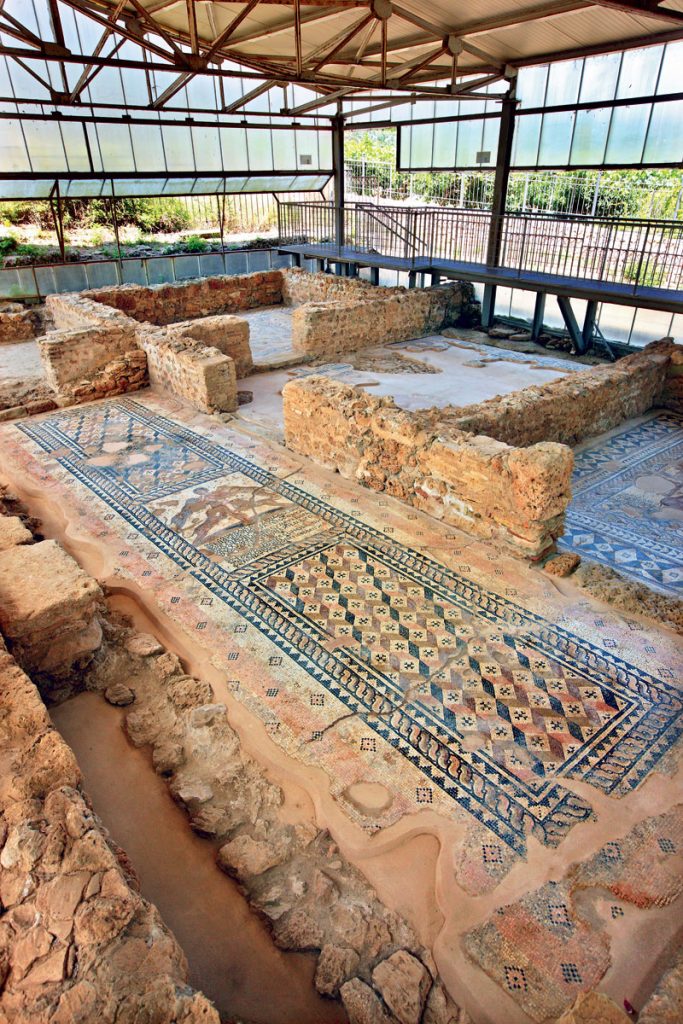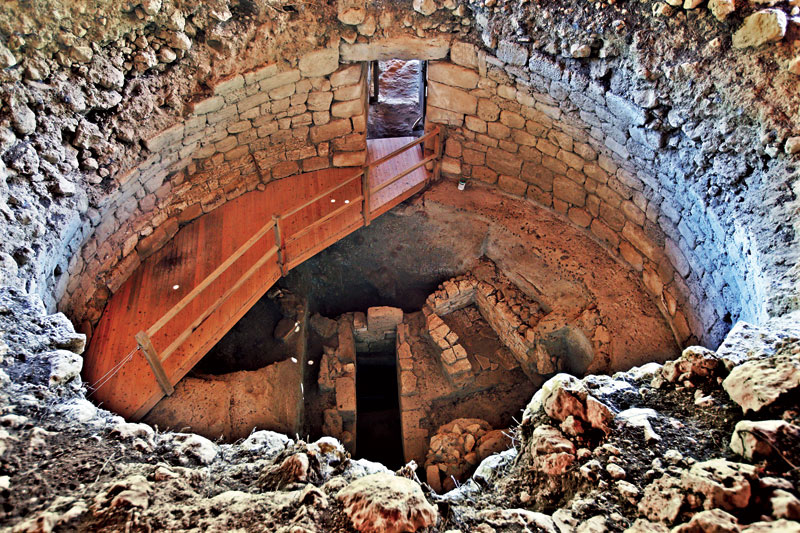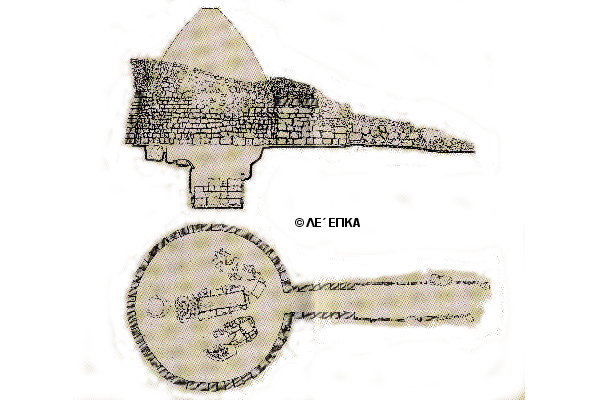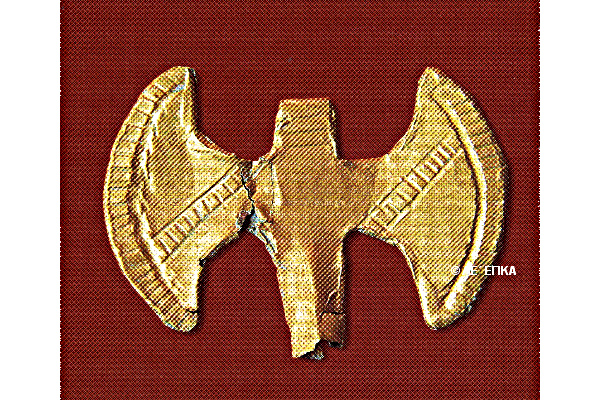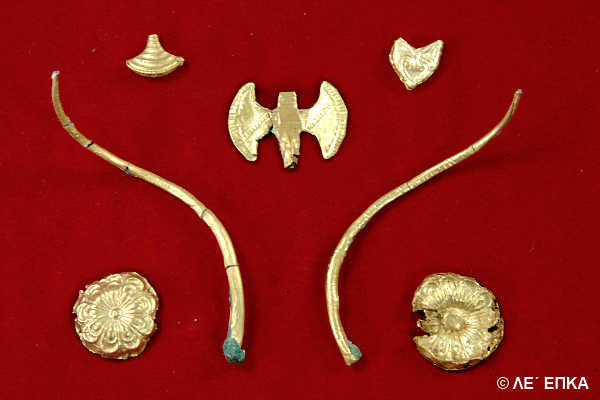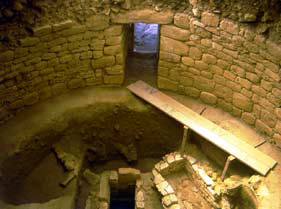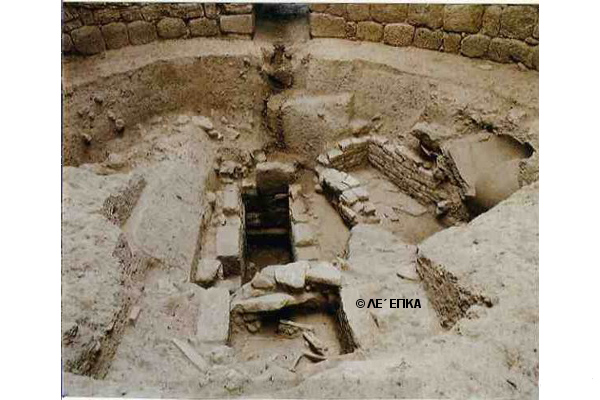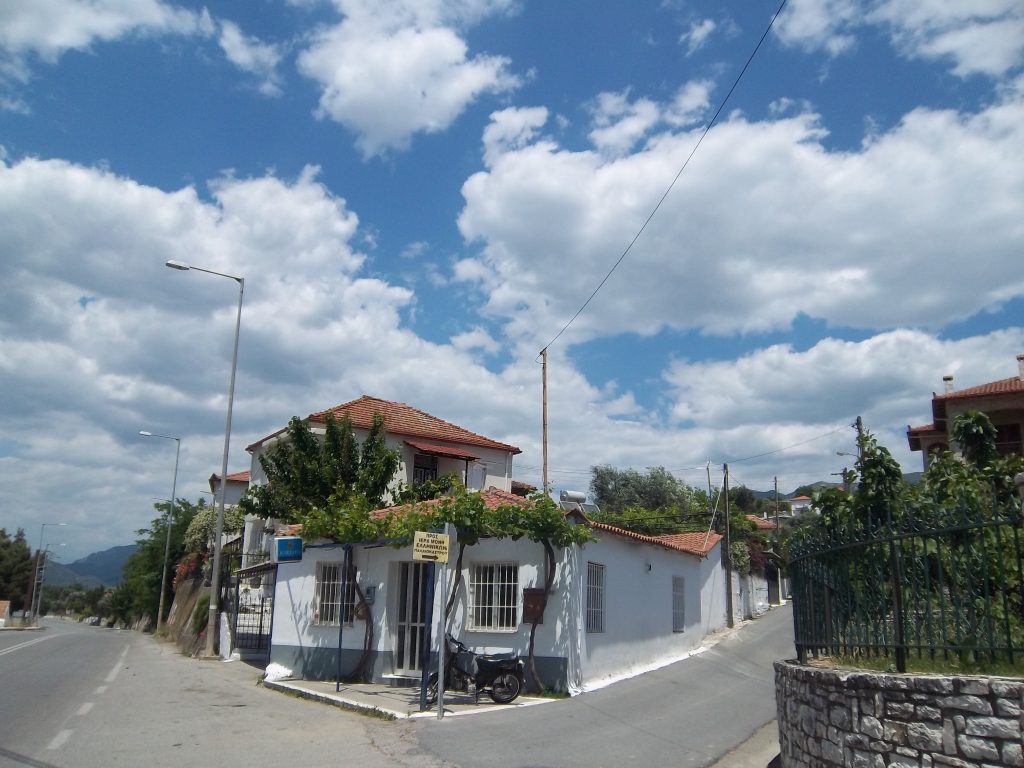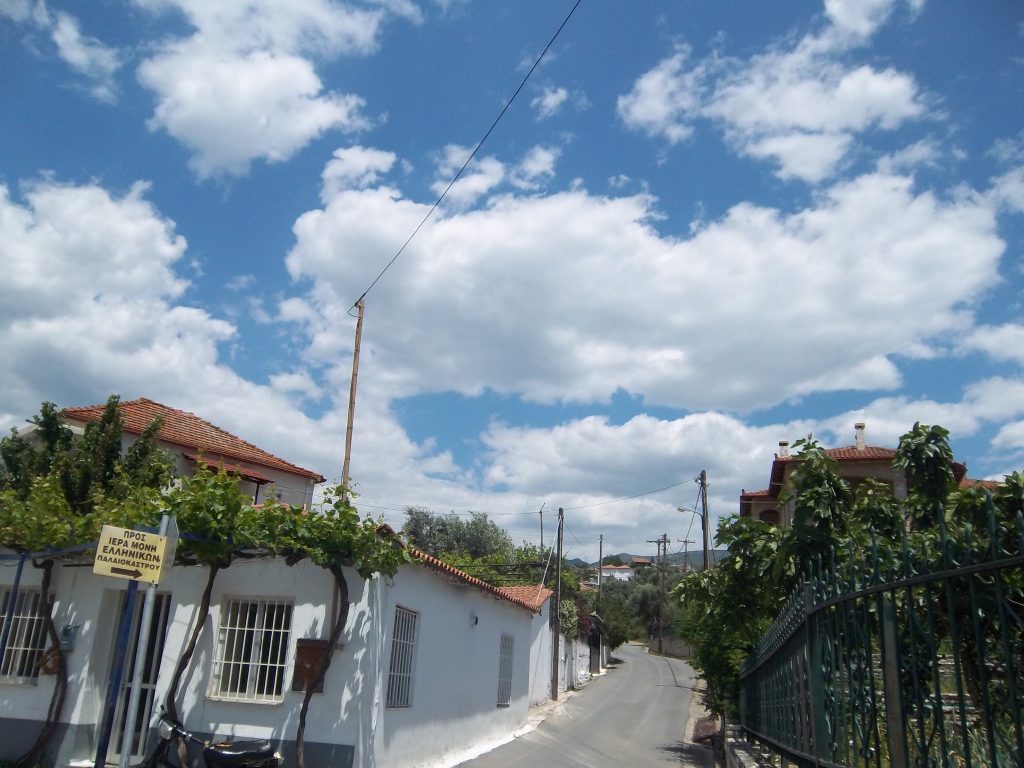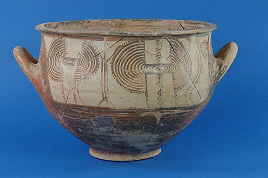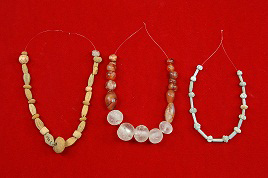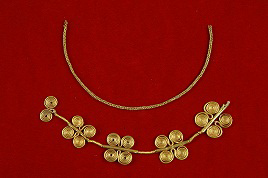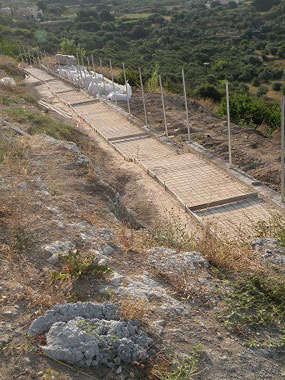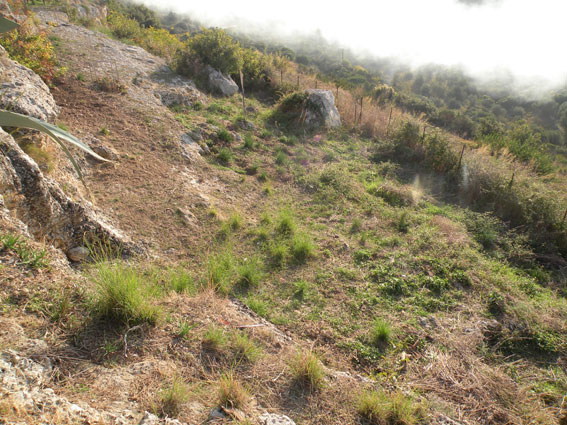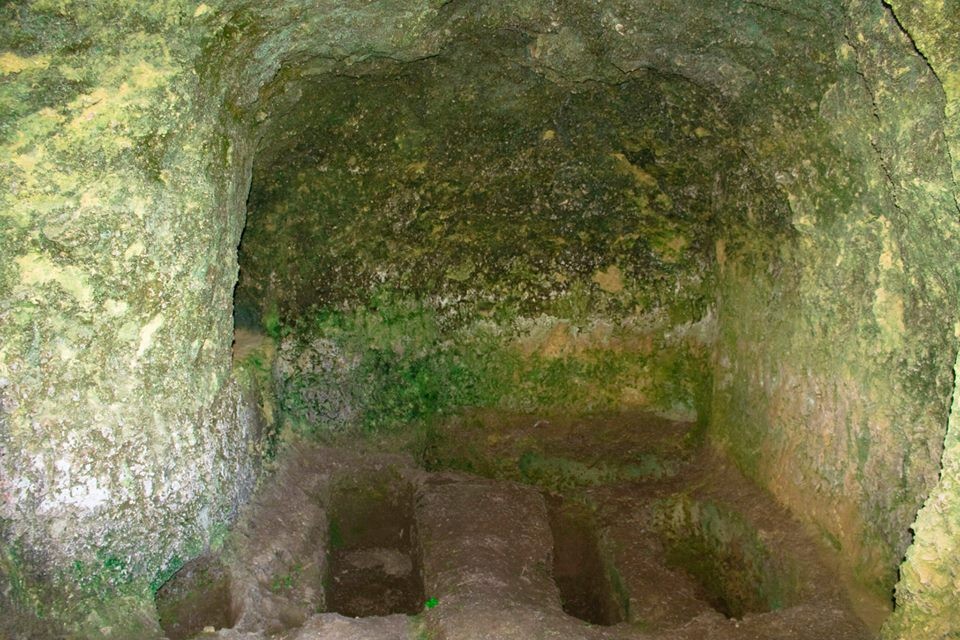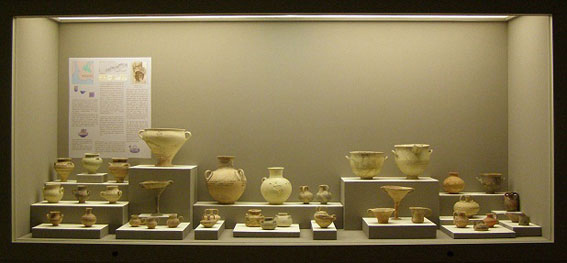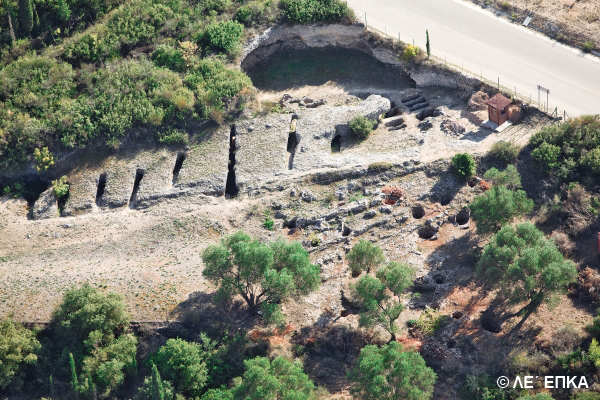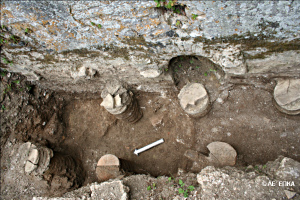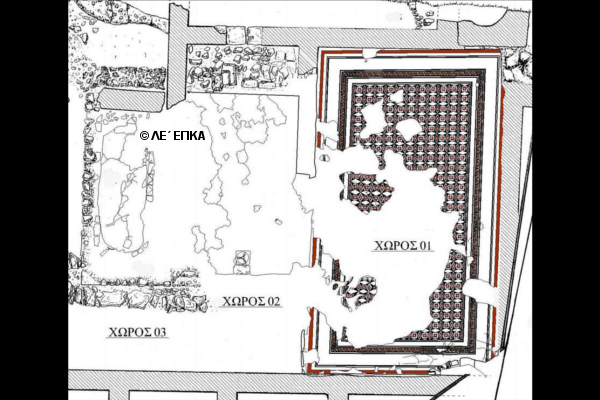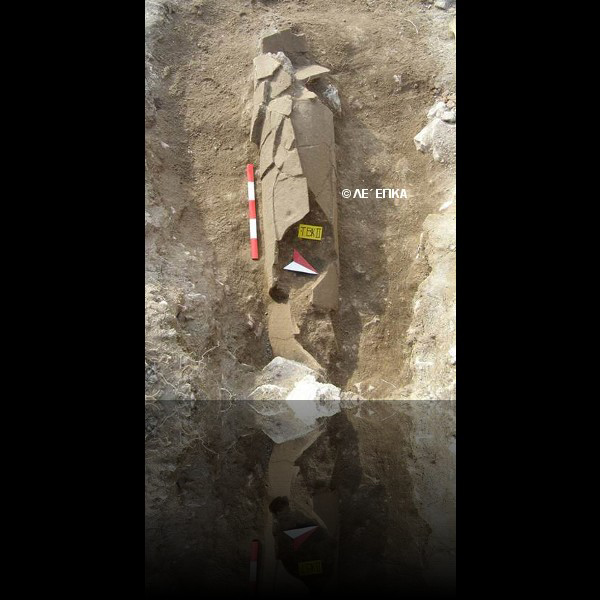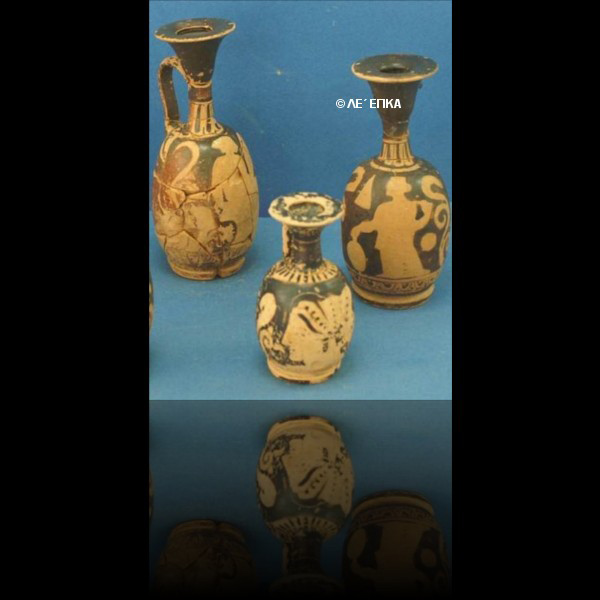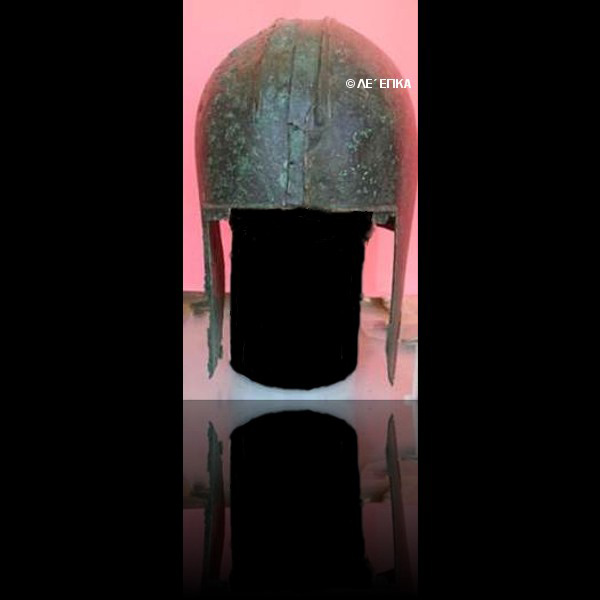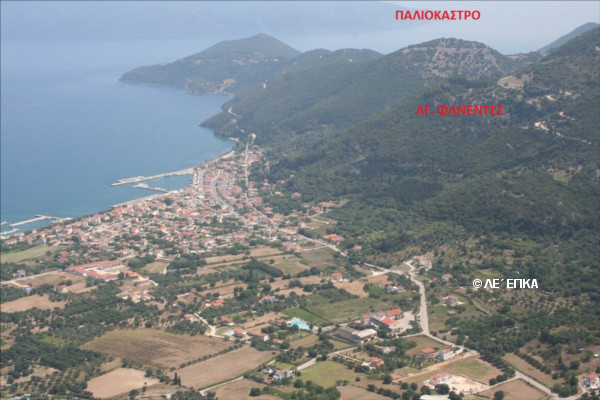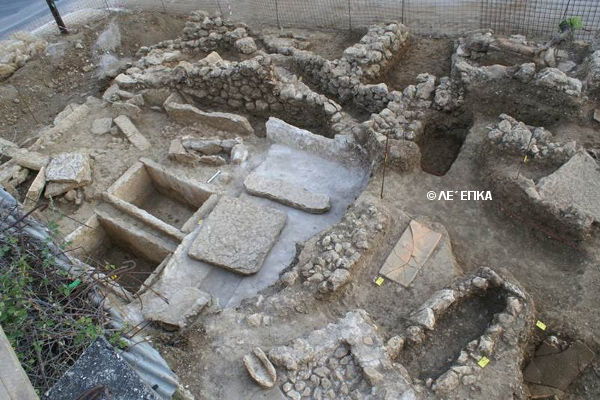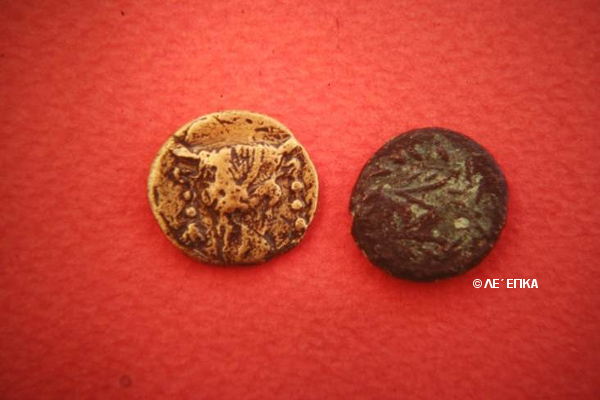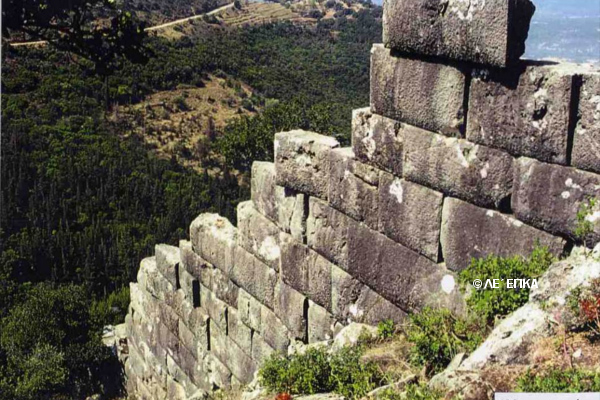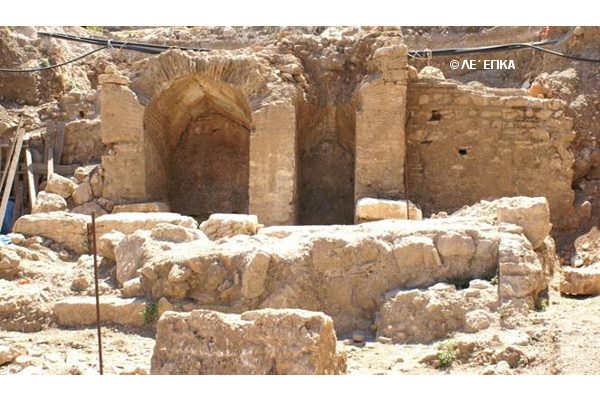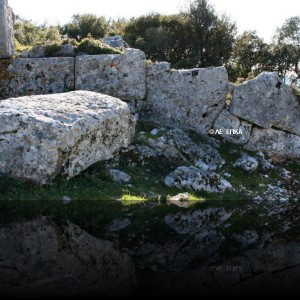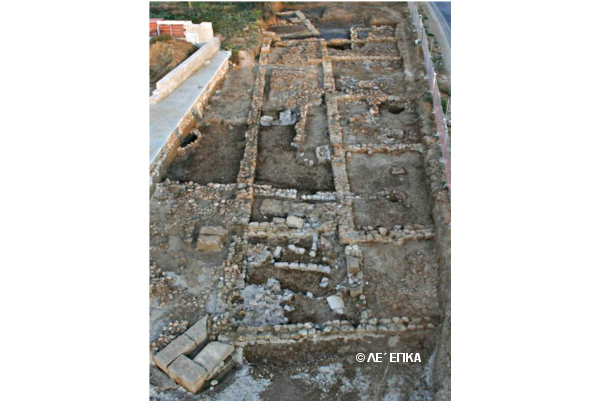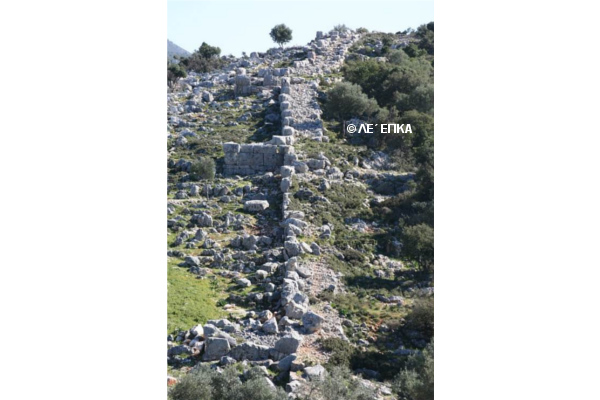Kefalonia - Archaeological Sites
Kefalonia is an island with a rich history. Archaeological excavations have been carried out throughout the whole island and the visitor has the chance to visit the archaeological sites that belong to different eras and periods.
The oldest findings indicate signs of habitation in Kefalonia since the 10th millennium BC, while some scholars trace the beginning of human presence on the island to 50,000 BC. Tools and other items belonging to the Paleolithic era, were unearthed from the archaeological site west of Ancient Krani. The Mycenaean tombs in the archaeological sites of Tzanata, Metaxata, Mazarakata certify that Kefalonia was an important center during the Mycenaean Age.
During the Achaean and classical Greek antiquity, Kefalonia was dominated by four cities - states. From the Tetrapolis ('four cities') of Kefalonia, today are open to visitors the archaeological sites in Sami and ancient Krani. The other two were Proni, in the southeastern part of the island, and Palli, in the peninsula of Palliki.
The archaeological sites of Roman times in Kefalonia are also of great interest. The Romans attacked the island in the 1st century BC and although the city-states resisted, ultimately they did not escape the Roman domination. Temples, palaces and Roman baths are among the must-see archaeological sites of Kefalonia.
-
Roman Villa of Skala
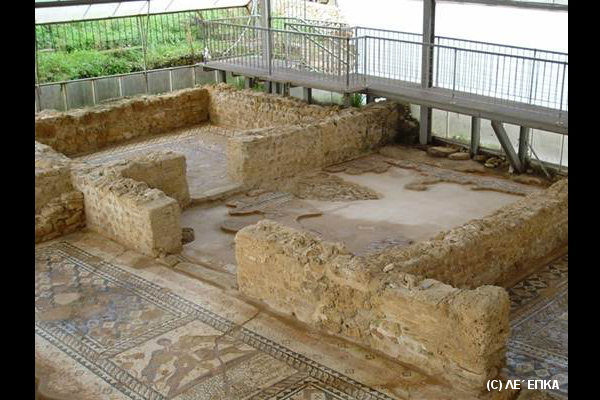
A rural Roman villa from the 2nd century AD was discovered by archaeologists in 1957 and now it is the most important monument of that time in Kefalonia. It is located in the village of Skala near the sea. Today we can see six rooms of the villa, between them and the outdoor courtyard. Four of the other sites have mosaic floors, colorful, decorated with geometric motifs of special artistry. A fire seems that destroyed the villa in the 4th century AD and a few centuries a Christian church was built on a part of the villa and operated till 9th or 10th century. Read more
-
-
Mycenaean chambered Tomb in Tzanata

In place of Bortzi in Tzanata of Kefalonia there is the largest vaulted Mycenaean tomb of the area. The archaeologist Lazaros Kolonas unveiled the monument in the early 1990s. The tomb has a height of almost 4 meters and diameter of 7 meters. The objects revealed by archaeological research indicate wealth and apparently belonged to nobles and rulers who were buried here and suggest that the area was a flourishing Mycenaean center identifying it with Homeric Ithaca. Read more
-
-
Mycenaean Tombs in Metaxata
In Chalikera of Metaxata Mycenaean and post-Mycenean tombs were discovered by the archaeologist Spyros Marinatos. The findings of these tombs are much less in comparison with those tombs in Mazarakata and Lakithra. Read more
-
Mycenaean Tombs of Lakithra
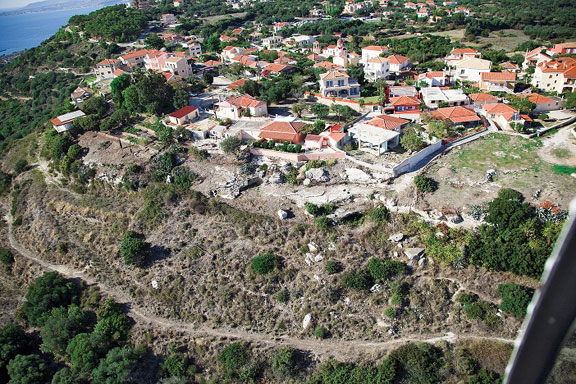
The ancient Mycenaean tombs were discovered in the early 20th century just outside the village Lakirtha. Two archaeologists from Kefalonia Kavadias Panagis and Spyros Marinatos brought into light the artifacts from the richest Mycenaean cemetery on the island . Read more
-
-
Mycenaean Tombs in Mazararakata
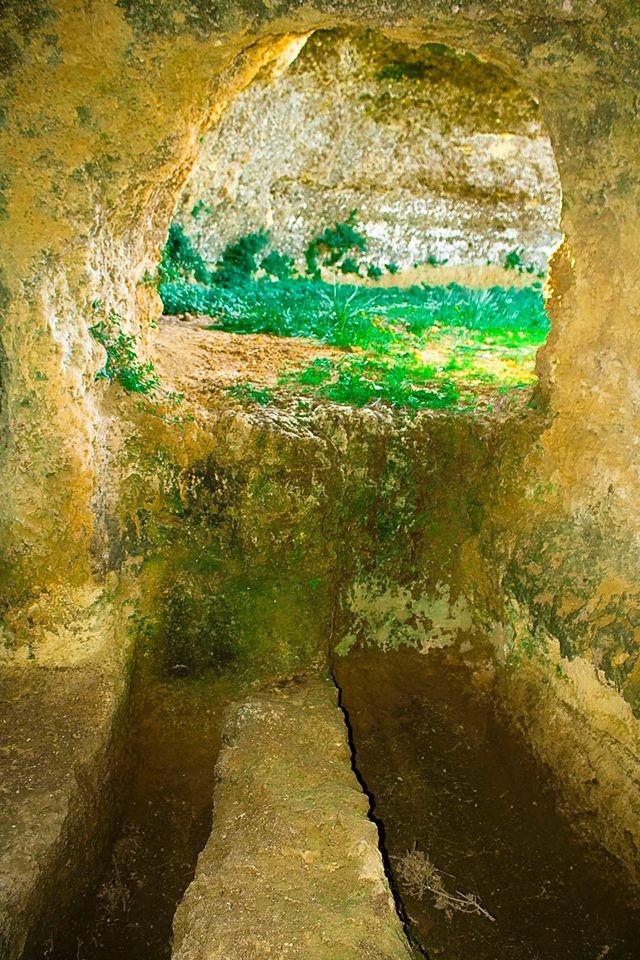
The construction of public utility that the English conquerors of Kefalonia wanted to buil in the 19th century led to the discovery of the largest of the Ionian Mycenaean cemetery, near Mazarakata, in Libatho. The Swiss commander De Bosset excavating the area in 1813 to save limestone to coat the roads. Then four of the seventeen graves were violated, and the discoveries that came into the possession of the De Bosset are still today in the museum of Neuchâtel, Switzerland to which he donated them. Read more
-
-
Roman baths in Sami
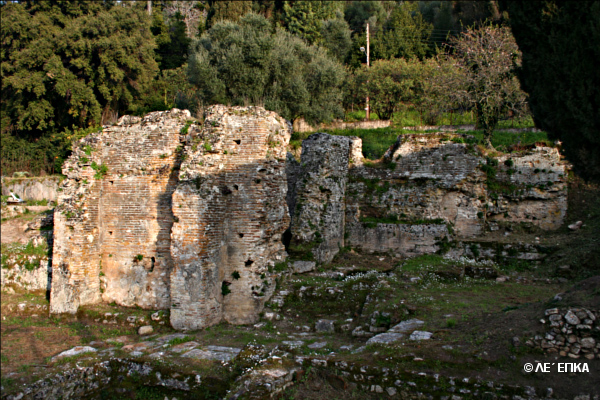
Today you can see in Sami in the modern city authentic very well maintained roman baths. It dates from the 3rd century BC and was used till the 6th century AD. It consists of six chambers two of which maintained the mosaic floor , while there was a bathtub in the third one. The external walls reach the 4 meters and the heating system of baths is still obvious. The Romans took the bath everyday as enjoyment and used to build such facilities in all their conquests. They had developed a remarkable system of heating not only of water but also in the chambers creating special spaces below the floor . Read more
-
-
Roman baths in Fiskardo
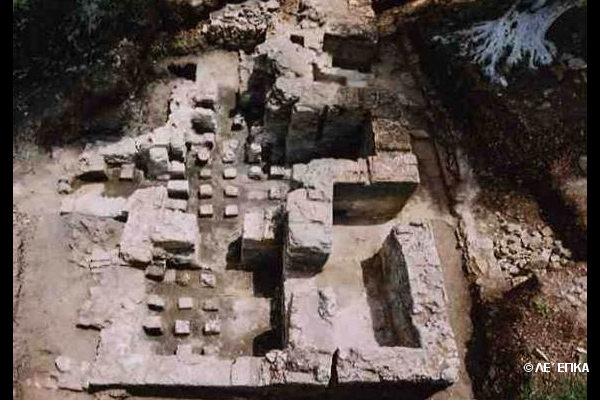
The private baths of Roman period were discovered in Agios Andreas in Fiskardo, next to the sea. The area has been confirmed by archaeologists that was the urban center of that period. In baths there were three hypocaust areas used for heating water and chambers. Even a small tank for cold water was discovered and anyone can clearly see the walls of the bath. Read more
-
-
Roman Villa of Saint Euphemia

The mosaic floor of the Roman villa that you will have the opportunity to visit in Saint Euphemia, will impress you. The excavation of the villa was only completed in early 2000. Dating back to early Christian times and abandoned at the after roman period when it was used as a place of burial. You can clearly see how the rainwater was gathered in every detail. Read more
-
-
Archeological Site of Sami
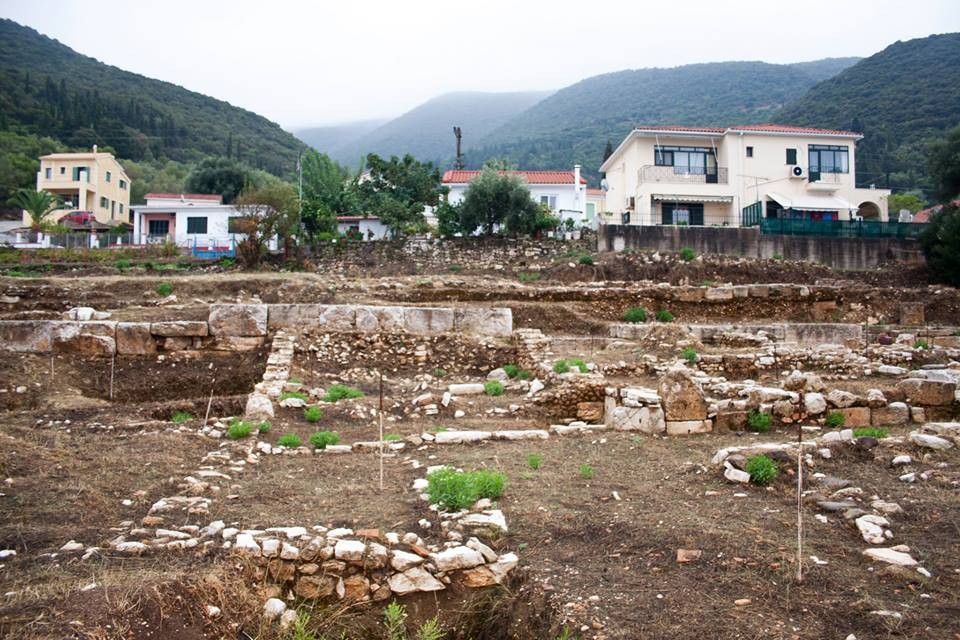
With signs of habitation from Helladic period (3rd millennium BC) the archaeological history of Sami is among the richest ones in Kefalonia. Its prosperity came during the Classical period, when Sami, as a city-state, controlled the eastern part of the island. It even had its own bronze and silver coins with the monogram of the city. Read more
-
-
Ancient Krani
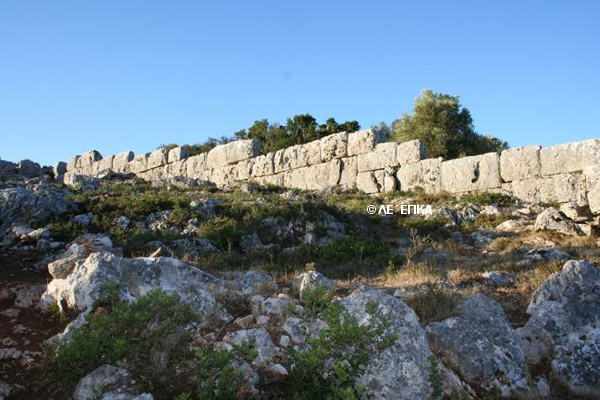
One of the four city-states of the Classical and Hellenistic Period, ancient Krani is located on the southeastern coast of the Gulf of Koutavos one kilometer from Argostoli. Read more
-
-
Archaic temple of Skala
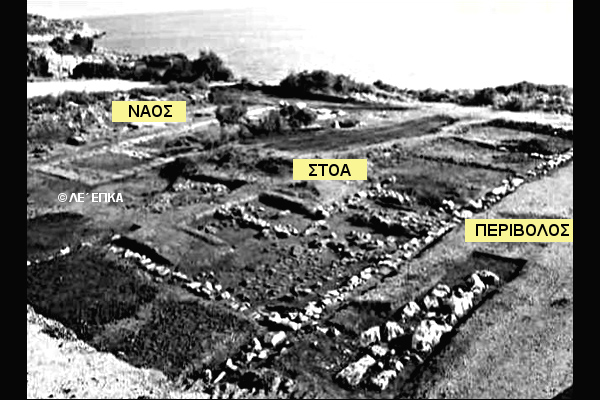
This Doric temple dates from the Archaic Period at the end of 6th century BC - early 5th, evidence that makes it unique in Kefalonia. It belonged to the ancient city-state of Pronnoi. It is located in the regional road of Skala to Poros, near the Roman villa of Skala. The church was investigated in 1960 for the first time by the archaeologist Spyridon Marinatos and today the site is open and has free entrance. Read more
-

